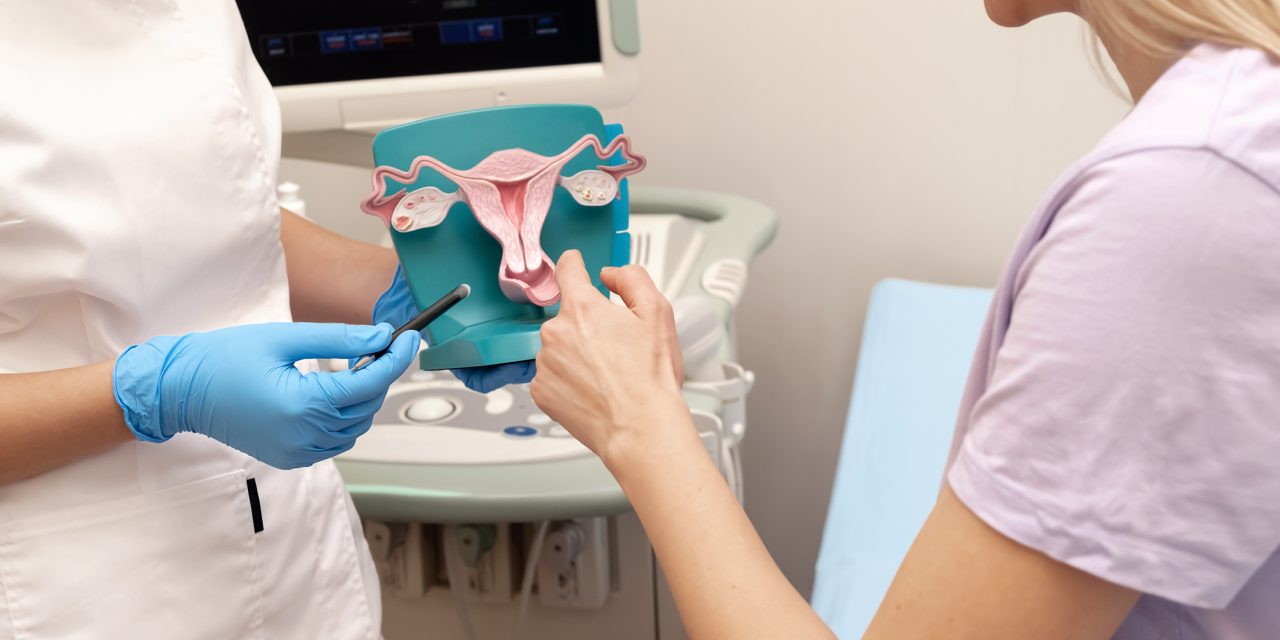For a study, researchers wanted to determine the relationship between habitus measurements, pelvic floor support, and symptoms in primiparous women 1 year following term vaginal birth.
The study used air displacement plethysmography to measure pelvic floor support, weight, height, waist circumference, and percent fat in this cross-sectional research of women enrolled at seven academic and community locations, and participants completed questionnaires all at one year postpartum. Researchers investigated the relationship between quintiles of habitus measures, such as body mass index (BMI), waist circumference, percent body fat, and waist/height ratio, and the primary outcomes: anatomic support, and symptom burden, as well as five secondary outcomes. The sample size gives 90% power to identify odds ratios (ORs) of 1.78 or larger between women at the mean compared with the mean+1 SD of the habitus measure.
Of the 592 women, 55 had worse support and 321 had more symptom load. In multivariable analyses, habitus measurements were not linked with anatomic support or, with the exception of the highest waist/height ratio quintile, symptom load. Compared to women in the first quintile of each habitus measure, those in the majority of higher quintiles had an increased risk of moderate to severe urine incontinence (UI); increased risk of stress urinary incontinence (SUI) was mostly restricted to the top quintile. The higher chances for BMI on SUI (OR 2.47, 95% CI 1.43–4.28) were no longer significant (OR 1.38, 95% CI 0.54, 3.51) after controlling for percent body fat.
At one year postpartum, habitus was not linked with anatomic support or symptom load in primiparous individuals. Habitus was linked to moderate to severe UI rather than mild UI. The link between greater BMI and SUI was mitigated by fitness, as measured by fat percentage.


